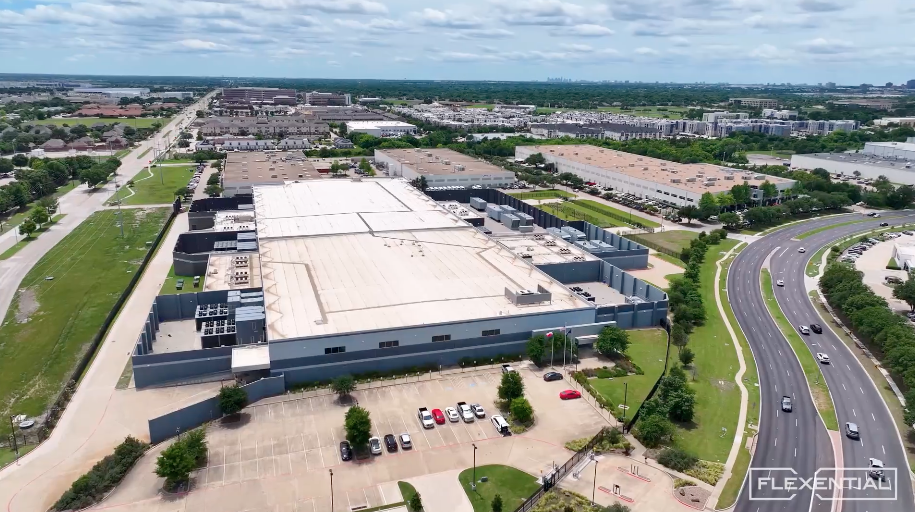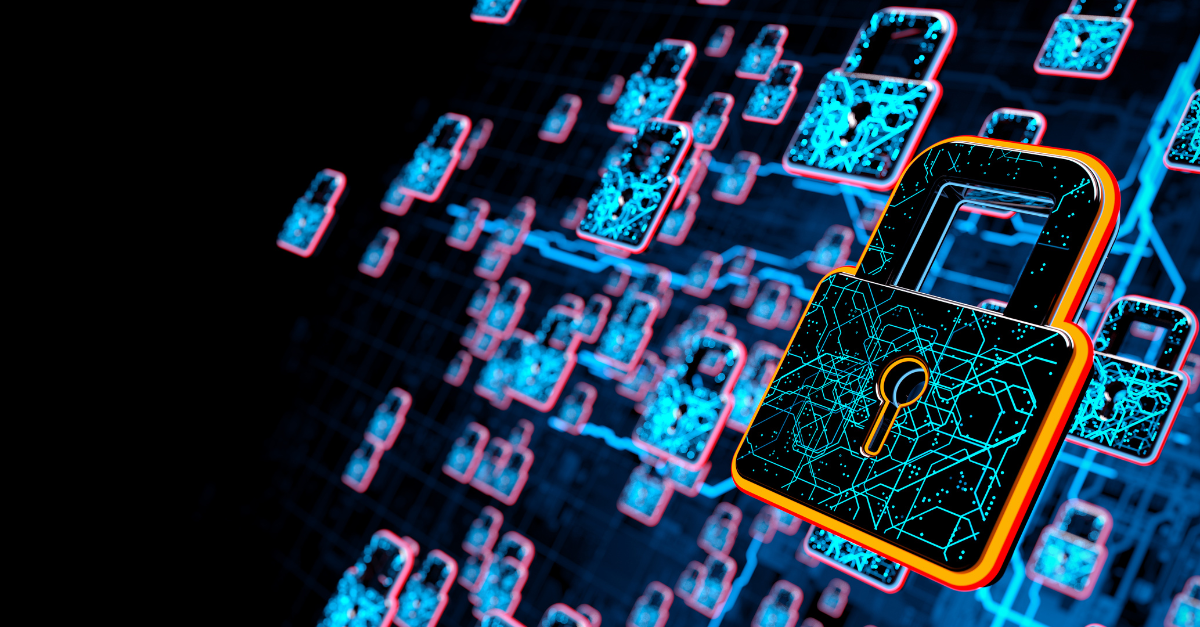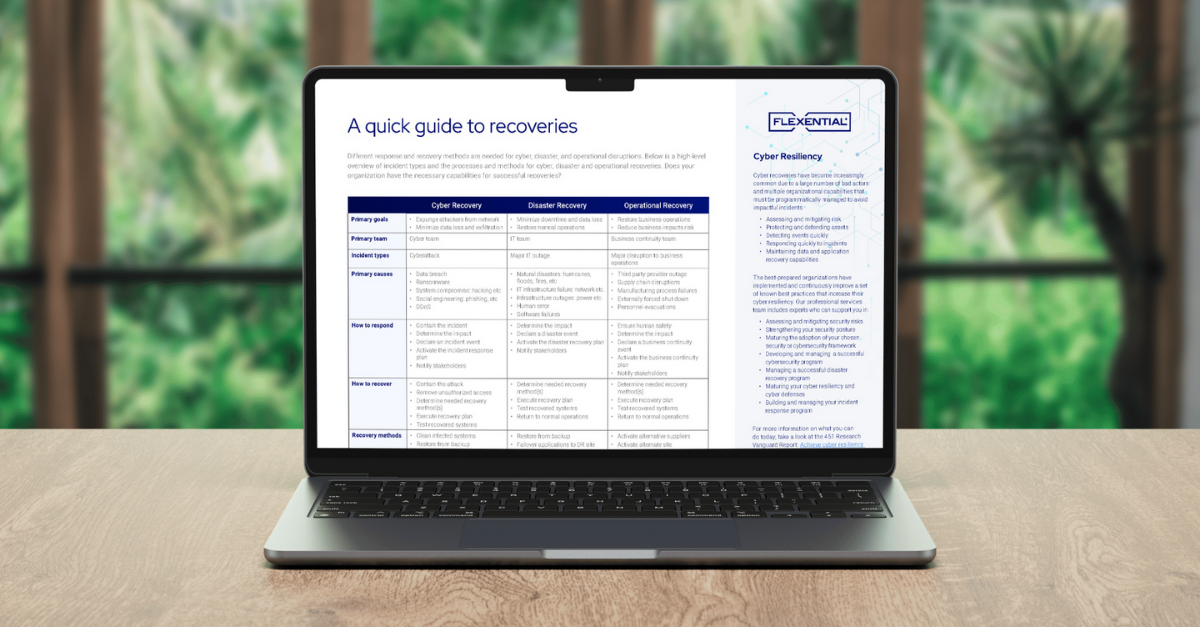Protecting against cyberattacks: 5 steps
Learn how to protect your business from cyberattacks with a robust disaster preparedness and recovery approach.

The recurrence of natural disasters is on the rise, and IT departments are responding by readying their systems and their disaster recovery (DR) responses. While this preparation is critical, the threat of a cyberattack is also looming—and, unlike natural disasters, these manmade threats are blind to location and seasonality. Cyberattacks continue to increase in sophistication and present a threat to every organization. The rate of incidence is also growing as March 2023 saw a whopping 91% hike in the number of cyberattacks from February 2023, and a 62% increase from March of last year.
The distributed workforce established during and after COVID-19 exposed new cybersecurity vulnerabilities that bad actors are ready to exploit. To avoid the lost revenue, decreased productivity, and declining customer confidence that accompanies a cyber breach, a disaster preparedness and recovery plan should be an integral component of every corporate IT strategy.
Five steps to disaster preparedness and recovery
Assess
An effective DR plan, capable of mitigating an attack or recovering data begins with a deep understanding of the business’ needs, its critical systems, and its risk factors. Organizations should understand their IT priorities and tier their requirements to ensure the most critical systems and data are restored first.
Design
Armed with this information, organizations can build a DR solution that supports uptime and resiliency and safeguards critical data. A key element of this design is the organization’s recovery point objective (RPO) and recovery time objective (RTO). Financial organizations, online retailers, and other businesses with frequent, business-critical transactions demand more intense RPO/RTO requirements to limit data loss. Disaster recovery as a service (DRaaS) has emerged as a leading data protection strategy given its flexibility, lack of upfront capital investments, and low RTO/RPO.
Deploy
Implementing the DR solution requires a level of expertise to ensure its efficacy. A third-party provider like Flexential integrates years of experience and best practices to effectively execute the DR design.
Test and improve
A DR solution is only effective if it works, making routine testing essential. These tests ensure that any changes to the IT environment are addressed by the DR plan prior to a disaster. DR testing also offers opportunities to improve DR procedures and recovery results. Think of this in terms of a professional sports team. A new play may be clunky on the team’s first attempt; however, with each attempt, the team tweaks and improves the process to strengthen the results. The DR plan is the same, using an iterative process to adapt and fortify recovery efforts while providing new objectives for the next test.
Maintaining your configurations and test plans is also crucial. Organizations must document changes to the IT environment to ensure their IT teams have the right blueprint to restore the environment, if necessary. To continually strengthen the recovery process, organizations should also outline test objectives—whether addressing previous issues or new capabilities or systems—and report on the success and shortcomings of each test. Capturing this information continually improves the recovery process and offers an objective for the next text.
Build awareness
Countering cyberattacks demands a company-wide commitment. With limited oversight by IT teams, organizations rely on the due diligence of individual users to utilize the necessary security tools and recognize potential threats. Cybersecurity awareness training should highlight the latest cyber threats to help employees identify and appropriately respond to them. This training should also introduce and stress the value of various security measures, such as regular password updates, two-factor authentication, and VPNs, to encourage their use.
A thoughtfully designed and executed data recovery plan is key in combatting the impacts of a cyberattack and bolstering operational and data integrity. Flexential can help customers build and execute these plans to provide a foundation that supports business continuity—because when it comes to cyberattacks, it is a matter of when, not if.
“We have to keep building our security walls higher and higher because cyber criminals are building longer and longer ladders."






